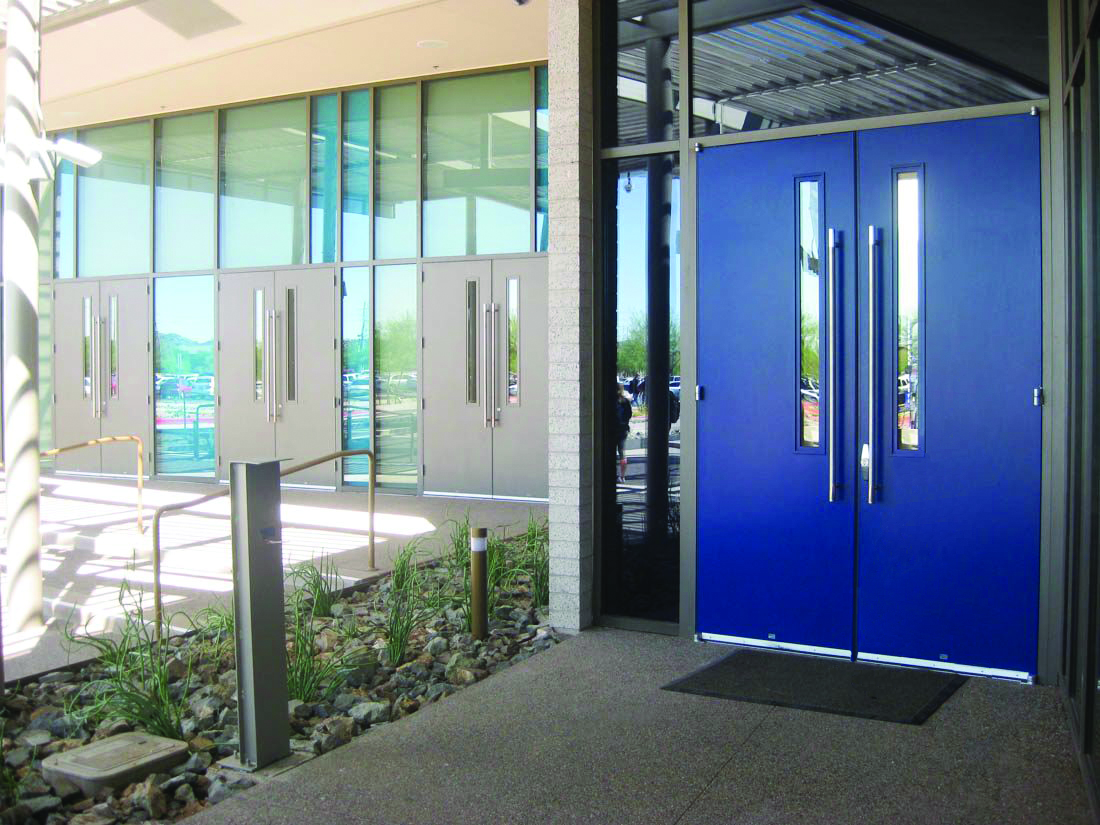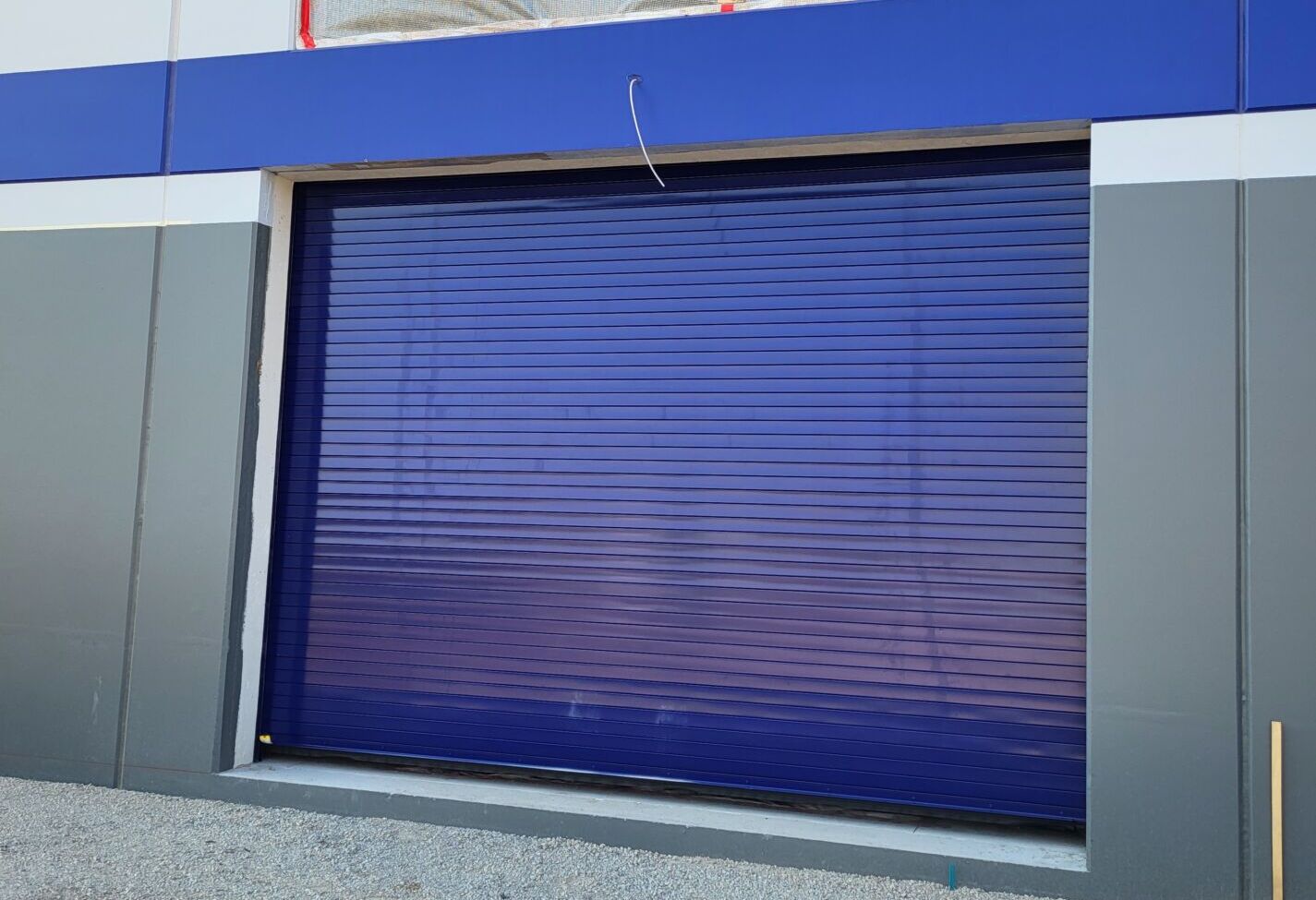This time of year, in schools all across the nation, basketball games, wrestling matches, theatrical productions and choir recitals are keeping gymnasiums and auditoriums busy. With much of the focus currently on perimeter and classroom security – and rightfully so – how are school administrators ensuring that egress doors serving these larger Assembly occupancies work as designed, allowing safe passage for large numbers of people exiting – possibly in a panic?
Let’s start with what constitutes an “Assembly” occupancy, per the building codes, and why the codes are more stringent in these areas of the building. The International Building Code (IBC) and the International Fire Code (IFC) use the definition: Assembly Group (A) occupancy includes, among others, the use of a building or structure, or a portion thereof, for the gathering of persons for purposes such as civic, social, or religious functions; recreation, food or drink consumption or awaiting transportation.
Small assembly spaces, less than 750 sq. ft, or less than 50 occupant load, would make the space a Business (B) occupancy or the occupancy designation of the space it is accessory to. National Fire Protection Association (NFPA) 101 – Life Safety Code uses a similar definition: An occupancy used for a gathering of 50 or more persons for deliberation, worship, entertainment, eating, drinking, amusement, awaiting transportation, or similar uses; or secondly, used as a special amusement building, regardless of the occupant load.
Both model building codes enforce tougher safety requirements for assembly occupancies because these types of spaces/buildings may only be used by the occupant infrequently or for the first time (e.g. visiting basketball team with friends and family) and therefore may not have ready knowledge of the paths of egress and any other safety features of the space. Larger crowds (50 or more) in a more confined space where young children are in attendance, and not 100% capable of self-preservation in a panic-ensuing situation, call for a safer environment, as well.
Which way the door swings is one of the main safety factors when allowing for unobstructed egress when a group of people are trying to get out in a hurry. For assembly occupancies the doors shall swing with the path of egress travel when the occupant load is 50 or more (I-Codes) or when the load is 100 people or more (NFPA 101).
For doors in the path of egress in assembly occupancies panic or fire exit hardware is required when a latch is used unless you want to use push/pull plate operation with double cylinder deadbolts. The deadbolt option can only be used only be used on the main exit doors when the occupant load is 300 people or less (I-Codes) or less than 500 people (NFPA 101). Delayed egress locks may be used in a few applications with some variations by adopted code. The main exit doors shall not have a delay function.
Life safety and security in schools may start at the exterior doors with necessary focus on the classrooms, but it should not be limited there. Code compliant doors and hardware in assembly occupancy spaces, maintained and inspected to ensure proper operation, are paramount to ensure safe and timely evacuation when needed.
Have a question about doors or compliance in your school (or other facility type)? Contact a DH Pace representative for an on-site consultation.






